Maintaining your solar panel system involves regular cleaning, inspecting for damage or shading issues, monitoring energy output, tightening connections, and conducting seasonal maintenance to ensure longevity and optimal performance. With these essential maintenance practices in place, you can maximize energy generation, identify potential problems early on, and protect your solar investment. Now, let’s explore each aspect in detail to help you effectively maintain your solar panels.
Regular Cleaning: Ensuring Optimal Solar Panel Efficiency
Keeping your solar panels clean is a crucial aspect of their maintenance, as it directly impacts their efficiency and performance. Regular cleaning not only helps to remove dirt, dust, and debris but also ensures that sunlight can be fully absorbed by the photovoltaic cells. So, how can you make this task less of a chore and more of a breeze? Let’s dive into some essential tips for maintaining optimal solar panel efficiency through regular cleaning.
Choose the Right Time:
Timing is key when it comes to cleaning your solar panels. Plan your cleaning sessions during the early morning or late afternoon when the panels are cooler, avoiding direct sunlight. This prevents the cleaning solution from drying too quickly, which could leave behind streaks or residue.
Use Gentle Cleaning Methods:
When it comes to cleaning solar panels, less is more. Avoid using abrasive materials, harsh chemicals, or high-pressure washers, as they can damage the delicate surface of the panels. Instead, opt for a soft sponge or brush along with a mild detergent or a specialized solar panel cleaning solution. Gently scrub the surface to remove any accumulated dirt or grime.
Rinse Thoroughly:
After scrubbing the panels, it’s important to rinse them thoroughly to ensure no soapy residue is left behind. Use a garden hose or a low-pressure spray nozzle to rinse off the cleaning solution. Make sure all detergent is completely washed away to prevent any potential interference with sunlight absorption.
Remember, regular cleaning is essential to maintain the efficiency and performance of your solar panels. By following these simple yet effective tips, you can ensure that your panels are free from dirt and debris, allowing them to generate maximum energy output. So, roll up your sleeves and give your solar panels the care they deserve for long-lasting performance!
Inspecting and Replacing Damaged Panels: Maintaining Longevity

While solar panels are known for their durability, they can still be susceptible to damage over time. To ensure the longevity and performance of your solar panel system, it’s crucial to regularly inspect and replace any damaged panels. Neglecting this aspect of maintenance could lead to decreased energy output and potential safety hazards. Let’s delve into some essential tips to help you effectively inspect and replace damaged panels, ensuring the longevity of your solar investment.
Visual Inspection:
Begin by visually examining your solar panels for any visible signs of damage. Look for cracks, chips, or discoloration on the surface of the panels. Additionally, check the framing and mounting system for any signs of wear or looseness. Any anomalies should be noted for further inspection or replacement.
Performance Monitoring:
Monitoring the energy output of your solar panels is an effective way to identify potential issues. Keep an eye on your system’s performance through your monitoring software or by regularly checking your energy production. A sudden drop in energy output could indicate a problem with one or more panels.
Professional Assessment:
If you notice any visible damage or experience a significant decrease in energy production, it’s advisable to seek professional assistance. Engaging a certified solar panel technician or installer can provide a thorough assessment of your system. They have the expertise and tools to accurately diagnose any panel-related issues and recommend appropriate solutions, whether it’s repair or replacement.
Remember, timely inspection and replacement of damaged panels are crucial to maintain the longevity and performance of your solar panel system. By keeping a close eye on your panels, monitoring energy output, and seeking professional help when needed, you can ensure that your solar investment continues to generate clean and efficient energy for years to come.
Monitoring Energy Output: Maximizing Solar Panel Performance
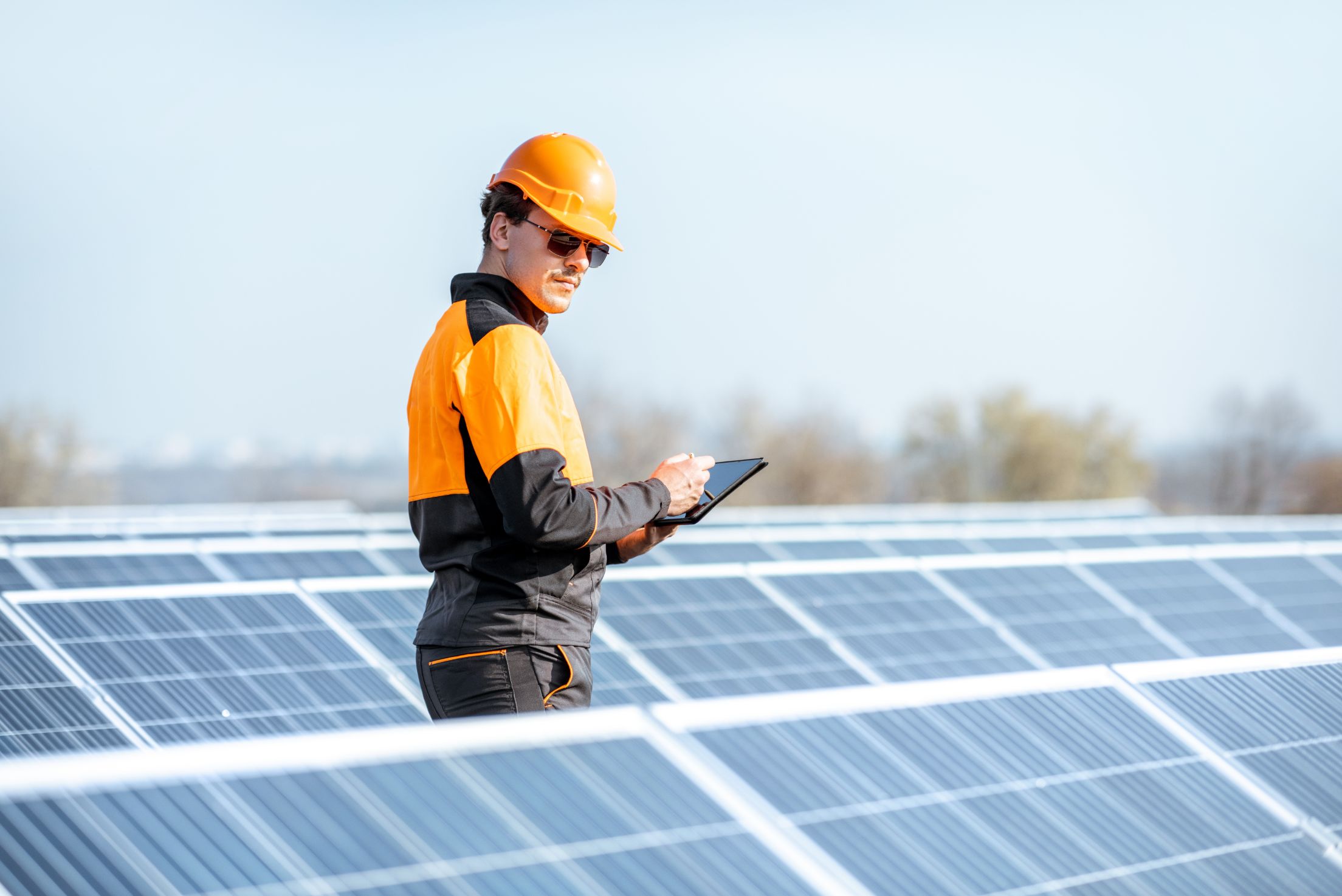
To ensure that your solar panel system is operating at its peak performance, it’s essential to monitor its energy output regularly. Monitoring not only allows you to track the effectiveness of your solar investment but also helps identify any potential issues that may be affecting performance. So, let’s explore some key tips to maximize solar panel performance through effective energy output monitoring.
Utilize Monitoring Software:
One of the most convenient ways to monitor your solar panel system is by utilizing monitoring software or online platforms specifically designed for this purpose. These tools provide real-time data on energy production, allowing you to track the performance of your panels on a daily, monthly, or even yearly basis. Some software even offers mobile apps, making it easier to keep tabs on your system’s performance wherever you are.
Set Performance Baselines:
Establishing performance baselines can help you identify any deviations or drops in energy output more easily. By tracking your system’s performance over a specific period, you can determine its average energy production. This baseline acts as a reference point to identify and address any significant deviations promptly.
Regular Data Analysis:
Monitoring your solar panel system isn’t just about collecting data; it’s about analyzing that data to gain valuable insights. Regularly review your energy production data to identify patterns, trends, or any anomalies that may indicate a potential issue. For example, a sudden and unexplained drop in energy output could be a sign of shading, panel damage, or a malfunctioning component that requires attention.
By proactively monitoring the energy output of your solar panel system, you can optimize its performance and address any issues promptly. Utilizing monitoring software, setting performance baselines, and conducting regular data analysis are essential steps to maximize the benefits of your solar investment. Remember, staying informed about your system’s performance empowers you to take the necessary actions to ensure its longevity and efficiency.
Understanding and Addressing Shading Issues: Enhancing Efficiency
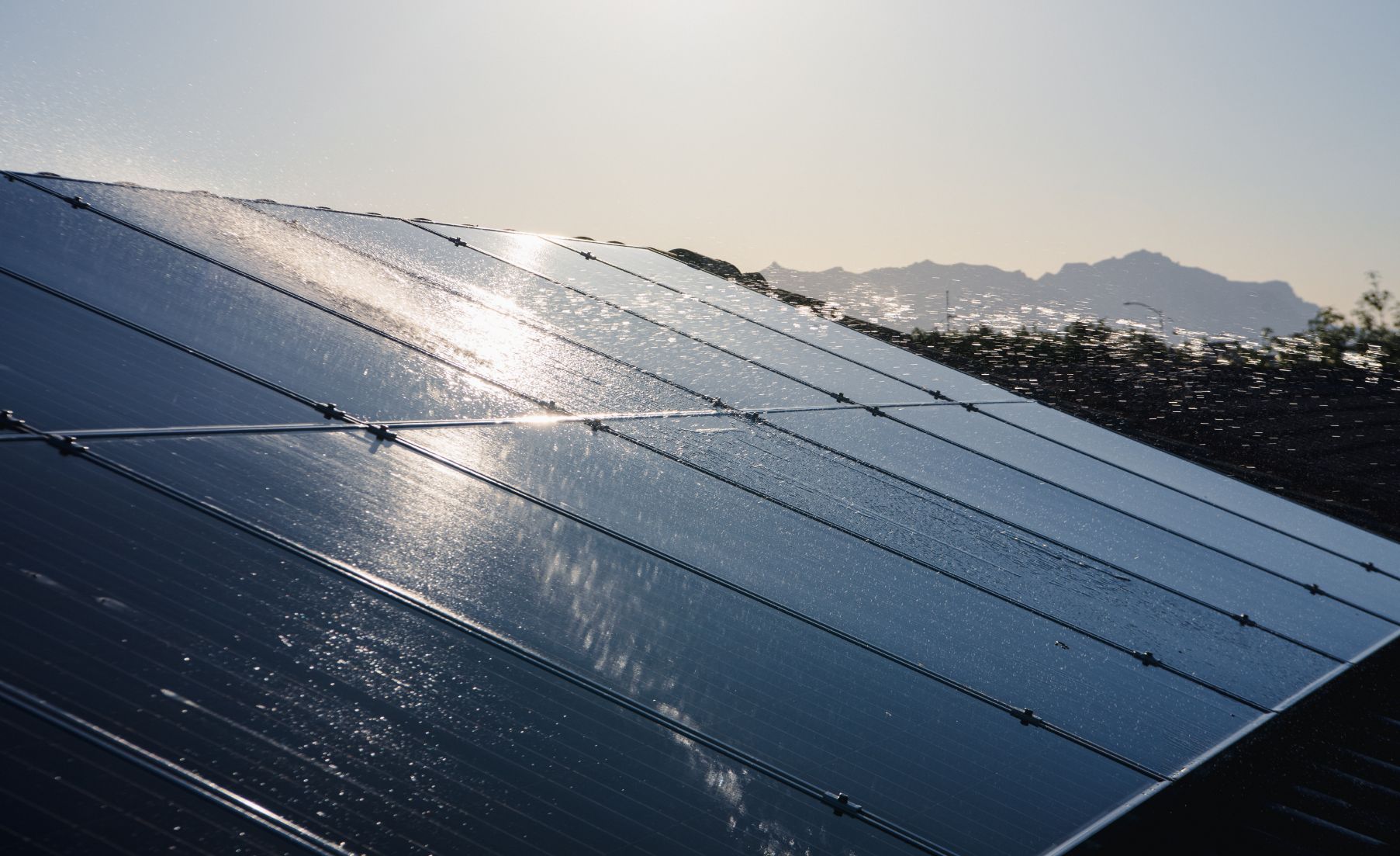
Shading can significantly impact the efficiency and performance of your solar panel system. Whether it’s caused by nearby trees, buildings, or other objects, shading reduces the amount of sunlight reaching the panels, thereby limiting their energy production. Understanding and addressing shading issues is crucial to enhance the efficiency of your solar panels and maximize their performance. Let’s explore some essential tips to help you overcome shading challenges and ensure optimal energy generation.
Conduct a Shading Analysis:
Start by conducting a thorough shading analysis of your property. Observe the areas where shading occurs throughout the day, especially during peak sunlight hours. This analysis will help you identify the specific objects or structures causing the shading, allowing you to plan the necessary steps to mitigate its impact on your solar panels.
Trim or Remove Obstructing Objects:
If trees or other vegetation are causing shading, consider trimming or removing them strategically. Consult with an arborist or professional tree service to assess the best course of action. By selectively pruning or removing obstructing branches, you can create a clear path for sunlight to reach your solar panels, improving their overall performance.
Consider Shade-Tolerant Panel Designs:
In some cases where shading cannot be completely eliminated, you may consider using shade-tolerant panel designs. These specialized panels are equipped with bypass diodes, which minimize the impact of shading by allowing the unaffected parts of the panel to continue generating power. While they may be slightly more expensive, shade-tolerant panels can significantly improve energy production in shaded conditions.
By understanding and addressing shading issues, you can enhance the efficiency and performance of your solar panel system. Conducting a shading analysis, strategically trimming or removing obstructing objects, and considering shade-tolerant panel designs are valuable steps to overcome shading challenges. Remember, optimizing sunlight exposure is key to maximizing the energy output of your solar panels and ensuring their longevity.
Seasonal Maintenance: Preparing Your Solar Panels for the Changing Weather
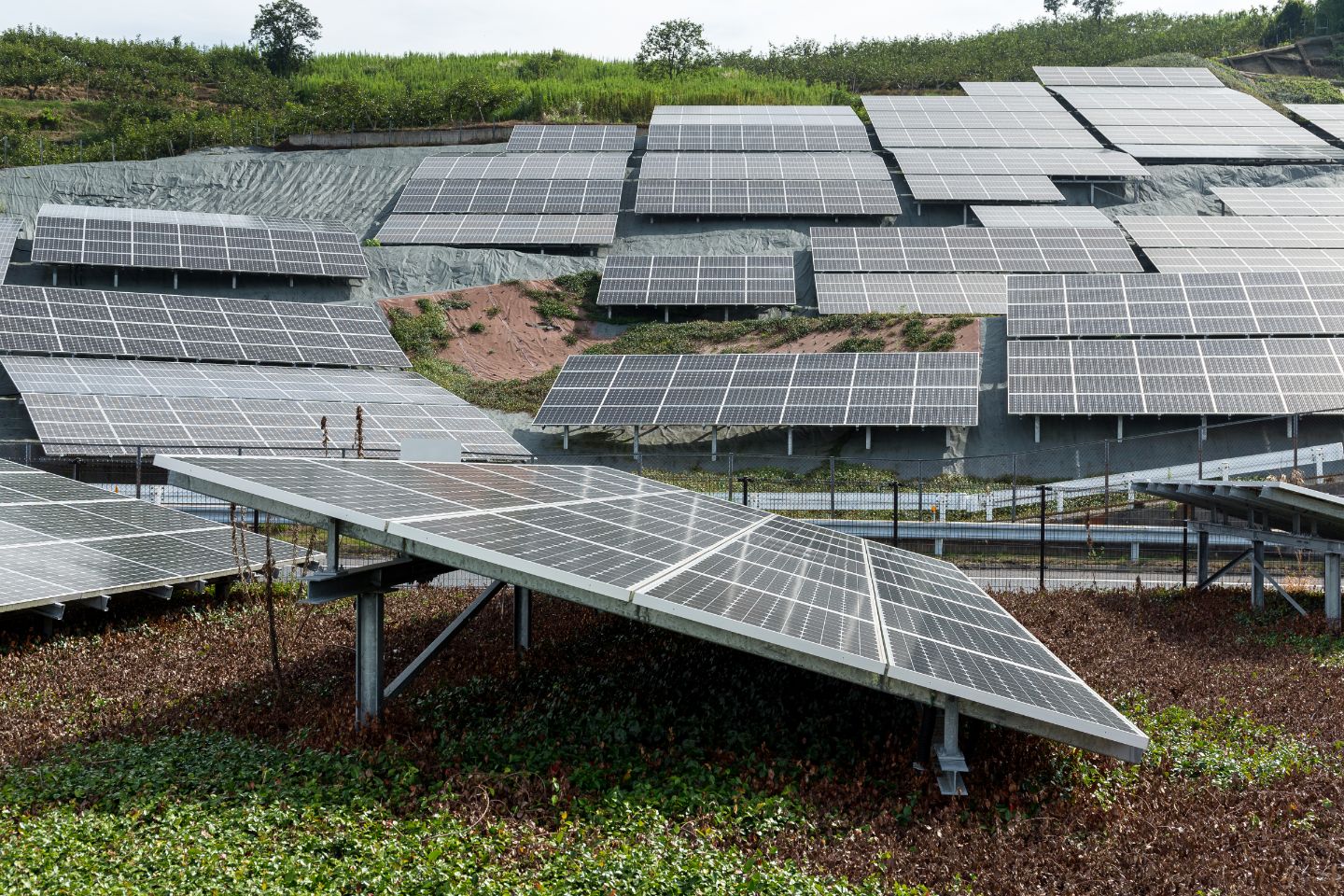
As the seasons change, so do the weather conditions that your solar panels are exposed to. To ensure their longevity and optimal performance, it’s important to perform seasonal maintenance and prepare your panels for the changing weather. This proactive approach will help protect your investment and maximize energy production throughout the year. Let’s explore some essential tips to guide you in preparing your solar panels for each season.
Spring:
With the arrival of spring, it’s time to give your solar panels a fresh start. Start by thoroughly cleaning the panels to remove any dirt, pollen, or debris that may have accumulated during the winter. Inspect the mounting system for any signs of wear or damage caused by harsh weather conditions. Check the seals and connections to ensure they are secure and watertight.
Summer:
Summer brings intense heat and longer daylight hours, which can impact the performance of your solar panels. Keep an eye on the temperature of your panels, as excessive heat can reduce their efficiency. Consider installing a temperature monitoring system to track the temperature and take necessary precautions to prevent overheating, such as ensuring proper airflow around the panels and shading them during peak heat hours if possible.
Fall:
As autumn approaches, it’s important to prepare your solar panels for the upcoming colder months. Check for any leaves, twigs, or debris that may have accumulated on the panels and clean them accordingly. Inspect the surrounding trees to ensure there are no overhanging branches that could potentially fall and damage the panels during strong winds or storms. Additionally, consider trimming any nearby trees that may cast excessive shade during the winter months.
By performing seasonal maintenance on your solar panels, you can proactively address any weather-related challenges and ensure their longevity and performance. From cleaning and inspecting in spring, and managing heat in summer, to preparing for colder weather in fall, these essential tips will help you keep your solar panels in top shape throughout the changing seasons.
Checking and Tightening Connections: Securing Reliable Operation

To ensure the reliable operation and longevity of your solar panel system, it’s crucial to regularly check and tighten the connections. Loose or faulty connections can lead to decreased efficiency, power loss, and even safety hazards. By taking the time to inspect and secure the connections, you can maximize the performance of your solar panels. Let’s explore some essential tips to guide you in checking and tightening the connections for reliable operation.
Visual Inspection:
Start by visually inspecting the connections between the solar panels, wiring, and inverter. Look for any signs of loose or corroded connections, such as visible gaps, discoloration, or fraying wires. Also, check for any damage or wear on the junction boxes and connectors. If you notice any abnormalities, it’s important to address them promptly.
Safety First:
Before performing any maintenance tasks, ensure your safety by shutting off the solar panel system. This involves switching off the system’s disconnect switch or the main breaker in the electrical panel. By doing so, you eliminate the risk of electric shock while working on the connections.
Careful Tightening:
Once you’ve identified any loose connections, carefully tighten them using the appropriate tools. It’s essential to follow the manufacturer’s instructions or consult with a professional to ensure that you tighten the connections to the recommended torque specifications. Over-tightening can lead to damage, while under-tightening may not secure the connection effectively.
By regularly checking and tightening the connections in your solar panel system, you can ensure their reliable operation and maximize their performance. Visual inspections, prioritizing safety, and careful tightening of connections are essential steps to maintain the integrity and efficiency of your solar panels. Remember, a well-maintained and securely connected system is key to reaping the long-term benefits of solar energy.
Protecting Against Weather Elements: Shielding Panels from Environmental Factors
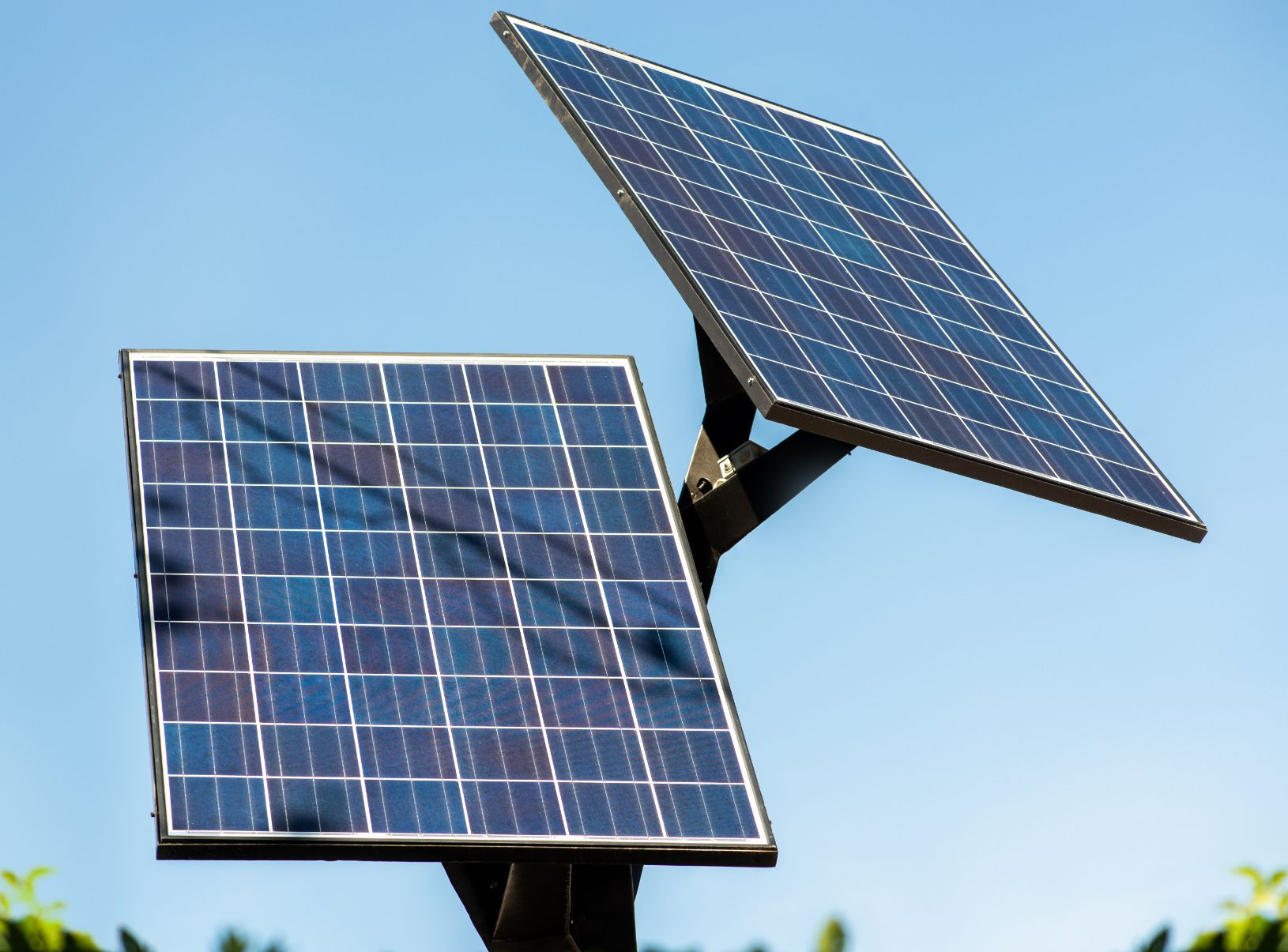
Solar panels are designed to withstand various weather conditions, but protecting them against environmental factors can further enhance their longevity and performance. From intense sunlight to rain, snow, and even hail, being proactive in shielding your solar panels is crucial. Let’s explore some essential tips to protect your panels against weather elements and ensure their optimal operation.
Install Weather-Resistant Enclosures:
Consider installing weather-resistant enclosures around your solar panels to shield them from direct exposure to harsh weather conditions. These enclosures can provide protection against rain, snow, and hail, reducing the risk of damage to the panels. Ensure that the enclosures are properly sealed to prevent moisture penetration while allowing proper ventilation to avoid overheating.
Regular Cleaning and Maintenance:
Regular cleaning plays a vital role in protecting your solar panels from weather elements. Dust, dirt, and debris can accumulate on the panels, impacting their performance. Clean the panels regularly using a soft brush or sponge and mild detergent to remove any build-up. Additionally, schedule routine maintenance checks to identify any potential issues caused by weather, such as loose connections, cracked glass, or damaged frames.
Implement Protective Measures:
Depending on your geographical location and climate, you may need to implement additional protective measures. For example, if you live in an area prone to heavy snowfall, consider installing snow guards or racking systems designed to prevent snow accumulation on the panels. Similarly, in regions with high wind speeds, ensure that your panels are securely mounted and consider implementing wind-resistant designs.
By taking proactive measures to shield your solar panels from weather elements, you can enhance their durability and overall performance. Installing weather-resistant enclosures, regular cleaning and maintenance, and implementing specific protective measures are key steps to safeguard your solar investment. Remember, protecting your panels ensures their longevity and maximizes their energy generation potential.
Inverter Maintenance: Optimizing Energy Conversion for Better Performance
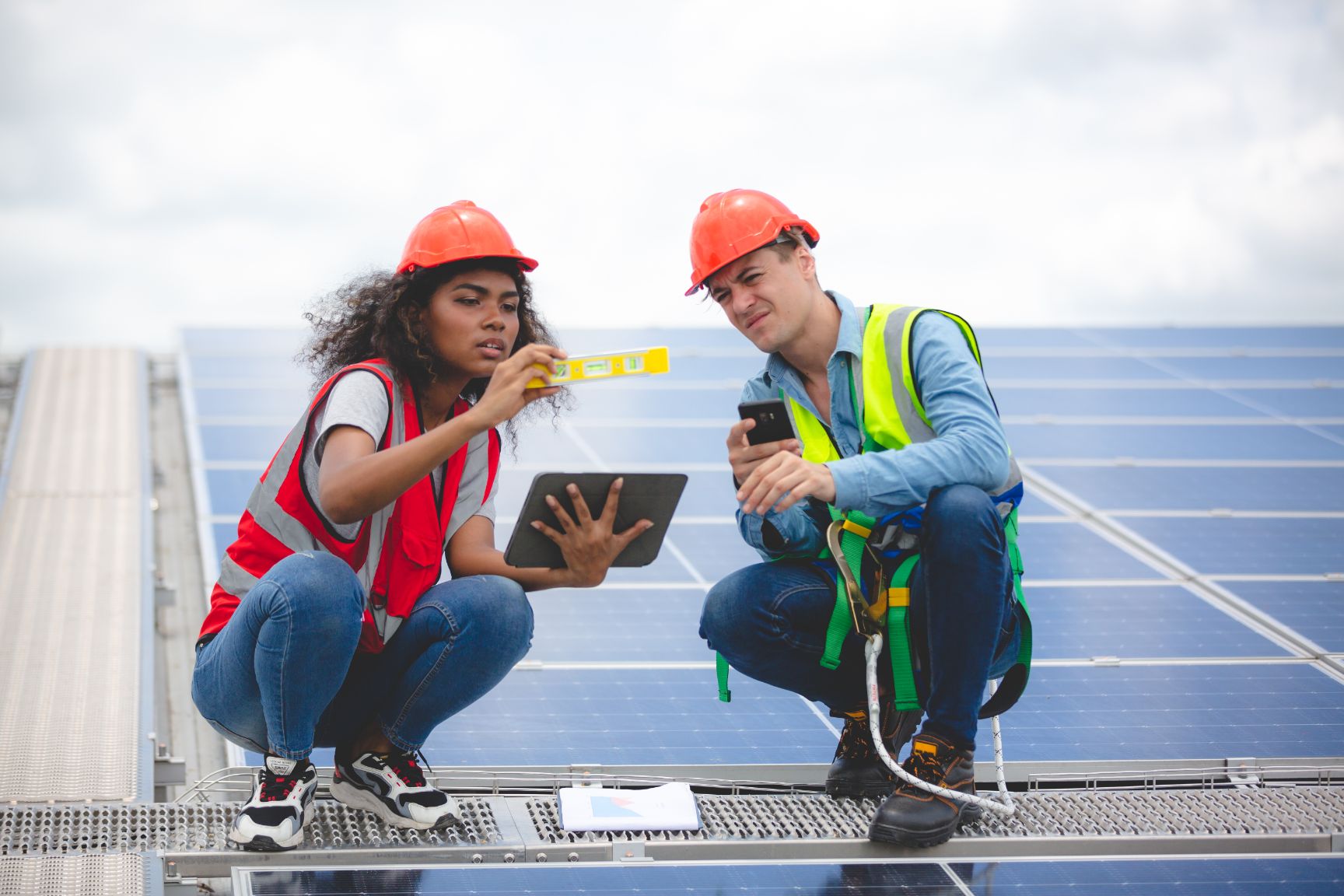
The inverter plays a crucial role in the performance of your solar panel system. It converts the direct current (DC) generated by the panels into usable alternating current (AC) electricity. To ensure optimal energy conversion and maximize the performance of your solar panels, regular inverter maintenance is essential. Let’s explore some essential tips to help you maintain the inverter and optimize its functionality for better performance.
Keep It Clean and Dust-Free:
Dust and debris can accumulate on the surface and vents of the inverter, affecting its cooling efficiency and overall performance. Regularly clean the inverter with a soft cloth or brush to remove any dirt or dust. Ensure that the vents are clear and unobstructed, allowing proper airflow for cooling.
Check for Fault Indications:
Most inverters are equipped with fault indicators or error codes that can help identify potential issues. Familiarize yourself with the manufacturer’s manual and understand the meaning of different error codes or fault indications. If you notice any abnormal behavior or error messages, consult a professional or the manufacturer for further assistance.
Monitor Performance Data:
Use the monitoring software provided with your solar panel system to regularly monitor the performance data of your inverter. Pay attention to key parameters such as voltage, current, and power output. Sudden drops in performance or inconsistencies in data could indicate a problem with the inverter. Promptly address any deviations to prevent further issues and ensure optimal energy conversion.
By conducting regular maintenance and monitoring of your inverter, you can optimize its energy conversion capabilities and enhance the overall performance of your solar panel system. Keeping the inverter clean and dust-free, checking for fault indications, and monitoring performance data are essential steps to maximize energy production and prolong the lifespan of your solar investment.
Regular Inspections and Maintenance: Identifying and Preventing Potential Issues
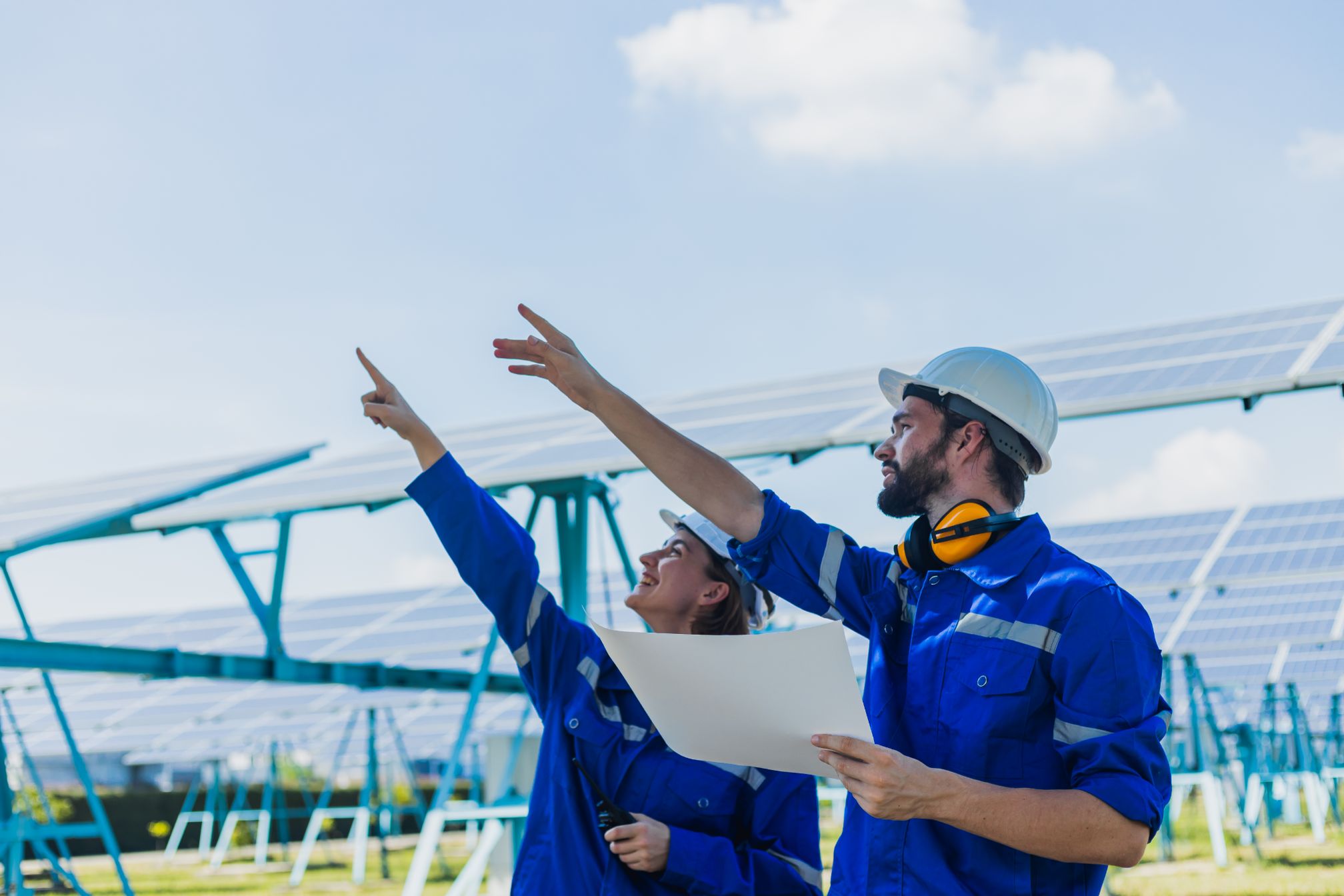
Regular inspections and maintenance are vital for the longevity and optimal performance of your solar panel system. By conducting routine checks, you can identify potential issues early on and take proactive measures to prevent further damage or performance degradation. Let’s explore some essential tips to guide you in performing regular inspections and maintenance, ensuring the continued efficiency of your solar panels.
Visual Inspections:
Start by visually inspecting your solar panels regularly. Look for any signs of physical damage, such as cracks, chips, or discoloration. Check the mounting system, frames, and connectors for signs of wear or looseness. Additionally, keep an eye out for any shading issues caused by growing vegetation or nearby structures. If you notice any abnormalities, address them promptly.
Electrical System Check:
A thorough electrical system check is essential to ensure the safe and efficient operation of your solar panel system. Inspect the wiring, junction boxes, and connections for any signs of damage, loose connections, or corrosion. Test the electrical output of your panels to ensure they are generating the expected power. If you’re unsure or encounter any issues, consult a professional electrician or solar panel technician for assistance.
Clean and Maintain:
Regular cleaning and maintenance play a vital role in maintaining the performance of your solar panels. Clean the panels according to the manufacturer’s recommendations to remove dust, dirt, and debris that can hinder sunlight absorption. Inspect and clean the inverter, ensuring proper ventilation and cooling. Regularly trim nearby trees or vegetation that may cause shading or other potential issues.
By conducting regular inspections and maintenance, you can identify and address potential issues early on, preventing further damage and optimizing the performance of your solar panel system. Visual inspections, electrical system checks, and regular cleaning and maintenance are essential steps to ensure the longevity and efficiency of your solar investment.
Proper Storage and Handling: Ensuring Longevity During Maintenance or Repairs
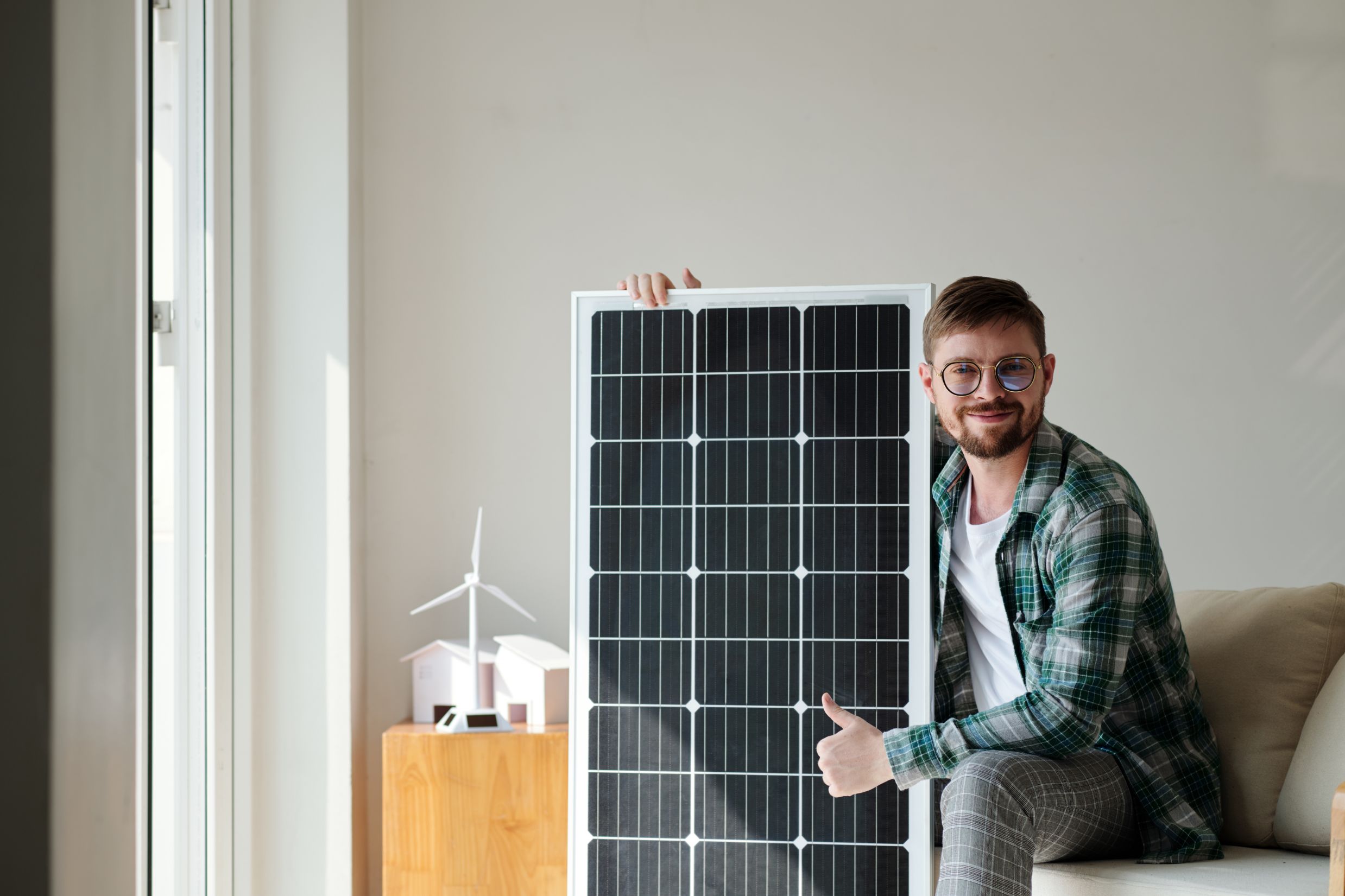
During maintenance or repairs, proper storage and handling of your solar panels are crucial to ensure their longevity and protection. Mishandling or improper storage practices can lead to damage, affecting the overall performance of your panels. Let’s explore some essential tips to help you store and handle your solar panels with care, preserving their quality and performance.
Secure Storage Space:
When temporarily removing solar panels for maintenance or repairs, it’s important to have a secure and suitable storage space. Choose an area that is clean, dry, and well-ventilated. Ensure that the space is free from potential hazards, such as sharp objects or chemicals that may cause damage. Additionally, consider covering the panels with protective materials to prevent dust, debris, or accidental scratches.
Proper Handling Techniques:
When handling solar panels, it’s crucial to follow proper techniques to avoid potential damage. Always lift and carry panels with care, using two or more people if necessary. Avoid placing excessive pressure or force on the panels to prevent cracking or breakage. Additionally, be mindful of the electrical components and connections, taking necessary precautions to avoid electrical hazards.
Labeling and Documentation:
Maintain proper labeling and documentation during storage and handling. Clearly label each panel to ensure proper identification and prevent mix-ups. Keep track of any maintenance or repair work performed, noting the dates, issues addressed, and any necessary follow-up actions. This documentation will help you maintain a comprehensive record and track the history of your solar panels.
By following proper storage and handling practices, you can ensure the longevity and protection of your solar panels during maintenance or repairs. Secure storage space, proper handling techniques, and diligent labeling and documentation are essential steps to safeguard your panels and maintain their performance.
Proper maintenance is vital for the longevity and optimal performance of your solar panel system. By implementing the essential tips discussed throughout this blog post, such as regular cleaning, inspections, and addressing potential issues promptly, you can ensure that your solar panels continue to generate clean and efficient energy for years to come. Remember, a well-maintained solar panel system not only maximizes its performance but also contributes to a more sustainable future. So, take the necessary steps to care for your solar panels and harness the full potential of renewable energy. If you’re looking to explore the best solar panel options for your needs, be sure to check this link for top-rated and reliable solar panel products. Start your solar journey today and enjoy the benefits of a greener and more sustainable energy source!

